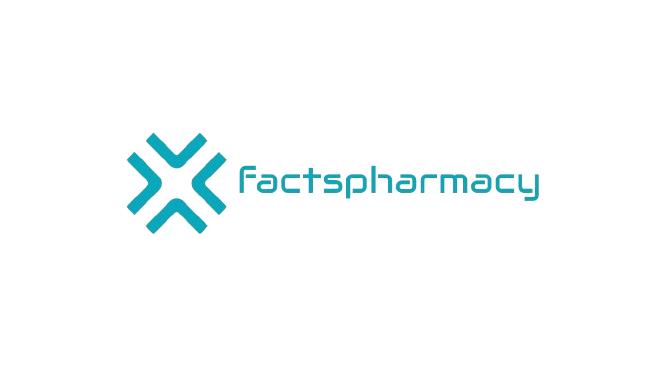Pharmacognosy, the science behind medicinal plants, is a fascinating journey that intertwines nature’s offerings with human health. In exploring the history and scope of Pharmacognosy, we will unravel the secrets of ancient remedies and dive into the expansive world of plant-based medicine.
Understanding Pharmacognosy:
Pharmacognosy, derived from the Greek words’ pharmakon’ (drug) and ‘gnosis’ (knowledge), is the branch of science studying medicinal plants. It delves into extracting, identifying, and utilizing bioactive compounds from natural sources for therapeutic purposes.
HISTORY AND DEVELOPMENT OF PHARMACOGNOSY:
Ancient Egypt (3000 B.C.):
Egyptians were among the first to use plants as medicine. Hieratic papyri found in tombs, like the Ebers and gynecological papyri, contained over 400 substances. These included blood, milk, meat, and plant-based materials such as acacia, gum, myrrh, linseed, and cumin.
Mesopotamian Period (772 B.C.):
The Babylonian king Marduk Happaliden set up a medicinal plant garden. Decoctions, a standard method, involved mixing plants with honey, wine, oil, or water. The pharmacopeia listed over 250 plant substances and 180 animal materials.
Indian Medicine:
In ancient India, the focus was on extending life. Doctors had secret knowledge of plant medicines, emphasizing fresh plants from fertile soil. Categories included purgatives and tranquilizers. Medicines included decoctions, sugar, butter, and honey, with popular ingredients like clove, sandalwood, pepper, cardamom, castor oil, sesame oil, sugar, and aloe.
Chinese Medicine (1597):
Chinese medicine, documented in 1597’s Pen Ts’ao Kang Mao, listed numerous plants and animal-derived drugs for various diseases. Prominent plants included rhubarb, star anise, aconite, and pomegranate. The pharmacopeia featured about 8,160 formulae from 1,871 raw materials, with medicines in pills, decoctions, ointments, and suppositories.
Greece and Rome:
Greeks and Romans used plant-based drugs. Figures like Pythagoras and Hippocrates contributed, and Theophrastus documented around 500 medicinal plants. Dioscorides, the first pharmacist, wrote the ‘Greek Herbal of Dioscorides,’ describing around 5,000 medicinal items.
Modern Medicine:
Pharmacognosy remains crucial in modern pharmaceuticals, with branches like phytochemistry. Natural materials extracted from plant parts remain essential in discovering new drugs. Metabolites derived from plants, like bark, leaves, stems, and flowers, play a significant role in modern pharmaceutical development.
HISTORY OF PHARMACOGNOSY:
Drug discovery from natural products has played and continues to play an invaluable role as a source of drugs or lead compounds in the prevention and treatment of diseases.
The nomenclature’ Pharmacognosy’ was first used by C.A. Seydler; in about 77 A.D., Dioscorides, a Greek doctor, recorded about 600 kinds of crude drugs in his compiled book De Materia Medica. This book played an essential role in pharmacology and botany.
In 1815, C.A. Seydler, a German who used the word “pharmacognosy” in his book Analecta Pharmacognostica, was referred to as the father of Pharmacognosy.
Work of Galen: – (131 – 200)
Galen was a Greek pharmacist who worked on the extraction of chemical constituents from plants. He developed various methods of extraction; therefore, the branch of pharmacy that deals with the extraction of chemical constituents from plants & animals is called Galenical Pharmacy.
Hippocrates (460 – 360. B.C.)
Before the birth of Jesus, he was a Greek scientist; he worked on human anatomy & Physiology, Particularly on the circulatory system & nervous system. He prepared a famous oath for physicians, which the physicians still take. He is known as the father of medicine.
Indian History of Pharmacognosy
It is about 5500 years old; in the suttas of Rigveda & Atharwaveda, the medicinal properties of the plants are given. Several medicinal plants are given with their use. The old Ayurveda Books, Charak Samhita & Sushrutsamtita, described many medicinal plants.

The Scope of Pharmacognosy:
- Pharmacognosy gives a sound knowledge of vegetable drugs under botany and animal drugs under zoology.
- It also includes plant taxonomy, plant breeding, plant pathology, and plant genetics, and with this knowledge, one can improve the cultivation methods for both medicinal and aromatic plants.
- Nowadays, phytochemistry (plant chemistry) has undergone significant Improvement.
- This includes a variety of substances that plants accumulate and synthesize by plants.
A vital contribution to the advancement of natural science:
- This has been done by the advanced technologies of cultivation, purification, and identification (characterization) of natural pharmaceuticals.
- Concepts of biochemistry and chemical engineering help improve pharmaceuticals’ collection, processing, and storage technologies.
- It also gives knowledge of chemotaxonomy, and biogenic pathways for the formation of acute ingredients.
- Newly detected plant drugs are converted into medicine as purifier Phytochemicals.
- Pharmacognosy is essential for the evolution of new medicines because crude drugs are used to prepare galenical obotanicalsrce of surgically active metabolites.
- Pharmacognosy is an important link between pharmaceuticals, basic science, and ayurvedic and allopathic systems of medicine.
- Pharmacognosy is a science of active principles of crude drugs that can help dispense, formulate, and manufacture dosage forms.
- In another way, the complete knowledge of Pharmacognosy will help in the recent trend that is in industries,
- As a research tool in drug delivery systems and all the departments of pharmaceuticals, one can improve the healthcare facilities worldwide.







